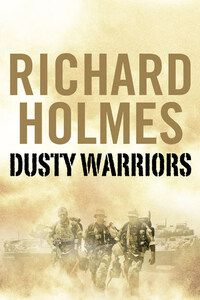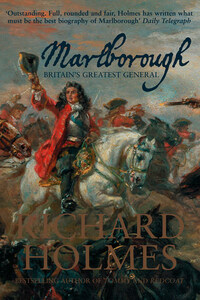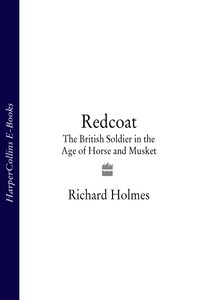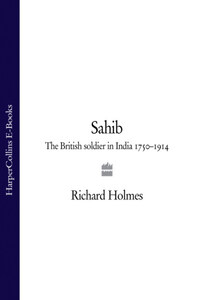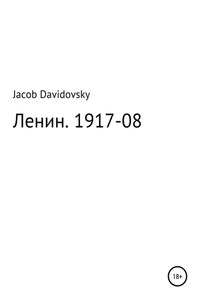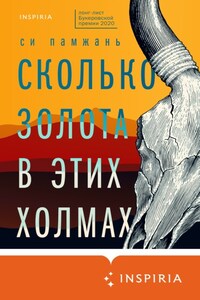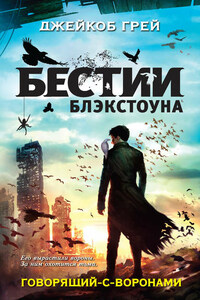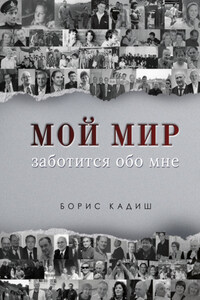This is for JD, Scoots, Bellies, Sugar Ray, Corkie, Solid, Waterkid, Nasty Nick, Obersturmgruppenführer Brooksmong, Nicky T, Bagpuss, Doilie, Stanley, various Rats, Cannibal, Barnie, Ains, the Falcon, the Wise Man, General Brodie, Officer Dribble, the Tobinator, the Australian Cultural Attaché, Warlock, Dark Lord, Chalky, Jonah, all the Dazzes, Brownstar, Llewy, B, Passmong, TJ, Stiffler, Baz, Mogg, Rosco, Stick, Vola, Duk, Max, Alf, Taddie, Eddie Bloom, Thomo, Sammy, Big Badge, Good Bloke Knick-knack Head Brinx Matt von Felz, Sideshow Bob, Jarine, Golley, Featherbrain, Jono, Wolfie, the Princess Royal, Silverback, Murph, Goose, Combat Carrot, Amos, the Thug, Obby, Moley, Dog, Pearsie, Vin Diesel, Blinky 1 and 2, Horse, Rasher and Smudge.
All the Bods, Lance Jacks, Screws, Colours, Staffs and Qs ⦠and Basher 75.
But above all to Ray, Lee and Little Steve, who didnât make it.
This book was never part of a long-term literary plan, although in one sense it fits neatly onto my recent trilogy (Redcoat, Tommy and Sahib) about the experience of the British soldier across history. In September 2004 I returned from a brief visit to 1st Battalion The Princess of Walesâs Royal Regiment, 1 PWRR in the armyâs armour-plated abbreviation and âthe Tigersâ by nickname. As I drove through the Oxfordshire lanes from RAF Brize Norton in my all too evidently sweaty combat kit I felt guilty, relieved and angry. Guilty because I was safe home and too many of my friends were not; relieved because my exit from the desert had been a white-knuckle switchback of a flight, and it was lung-fillingly good to be alive; and cross because few of my countrymen seemed to have the least idea of what British soldiers were actually doing in Iraq, although that did not stop them from speaking and writing, then as now, a good deal of tosh about it.
I knew then that I had to write about it, although it was clear, even before I started to tap out a synopsis on this machine, that this book would inevitably sit on that windswept headland somewhere between journalism and history. It is history in the sense that I deal, as accurately as I can, with past events, and that I use the written or spoken accounts of participants to help me make sense of them. It is journalism too, in that it tries to explain contemporary events to a non-expert audience, and so brings the risk of descending into journalese and meeting my dictionaryâs sniffy definition of a âstyle of language said to be characteristic of (hasty or inferior) newspaper writingâ. However, it can be neither objective history nor balanced journalism, for my sources, fresh and abundant though they are, come from one team playing in a particular match, and pay little regard to their opponents, the remainder of the league, or to events outside the stadium. And although I have not abrogated the critical function which lies at the heart of good history and journalism alike, most of the accounts in this book are written by folk I am proud to call my friends.
I see the events of 2004 in Iraqâs Maysan province, and to a lesser extent in the countryâs second city Basra, through the eyes of a small community of British soldiers. They were men and women with an average age of twenty-one, recruited, for the most part, in south-east England but with a substantial slice of overseas soldiers, and that rich smattering of Jocks, Taffs, Scousers, Geordies, Micks and Brummies that helps give the army its rich and, to an outsider, often puzzling patina. Most were professional soldiers, though there were not a few members of the part-time Territorial Army who had been mobilized for full-time service. All risked their lives in what was then the longest period of sustained fighting in which the army had been involved since the Korean War. Mercifully few were killed, thanks to the excellence of Kevlar helmets, combat body armour, the redoubtable Warrior armoured vehicle, prompt medical assistance, solid professional skills and, it must be said, a huge quantity of luck. But two members of 1 PWRR and another soldier in an attached company paid the ultimate price, and there are young men now in their teens who may live for another sixty years but will carry the scars of Maysan province with them to their graves.
